On 14 March 1879, Albert Einstein was born in the German city of Ulm. This man was destined to revolutionise science. His theory of relativity became the foundation of modern physics, replacing classical mechanics and Newton’s law of gravitation.
On the occasion of the 145th anniversary of Albert Einstein’s birth, The Universe Space Tech team has collected the most significant facts about the great physicist’s most famous work.
There are two theories of relativity
When the theory of relativity is mentioned, ordinary people mostly imagine one scientific work. But this is not the case. In fact, there are two theories of relativity: special and general.

Special relativity (SR) was first published by Einstein in 1905. Interestingly, the article itself was entitled “On the Electrodynamics of Moving Bodies”. The term “theory of relativity” appeared a year later, coined by Max Planck. As for the General Theory of Relativity (GR), it was published in 1915, at the time when the First World War was raging in Europe.
What is Special Relativity?
SR interprets motions between different inertial frames of reference — simply put, objects moving at constant speed relative to each other. It is based on two basic principles — relativity and the constancy of the speed of light.
The principle of relativity is that physical processes occur in the same way for all bodies that are moving at a constant speed or are stationary relative to each other. It follows that all the laws of nature apply equally in all inertial reference frames.
The principle of the constancy of the speed of light states that it is constant for all observers, regardless of their speed relative to the light source. It results in the impossibility of physical bodies moving and transmitting information at a speed exceeding the speed of light in a vacuum (299,792 km/s).
What is General Relativity and how does it differ from Special Relativity?
Special relativity considers only one special case (hence the name), when motion is straight and uniform, and occurs outside of strong gravitational fields. If the body accelerates or turns sideways, the laws of SR no longer apply. Then the General Theory of Relativity comes into play, which explains the motions of material bodies in the general case and takes the gravitational factor into account.
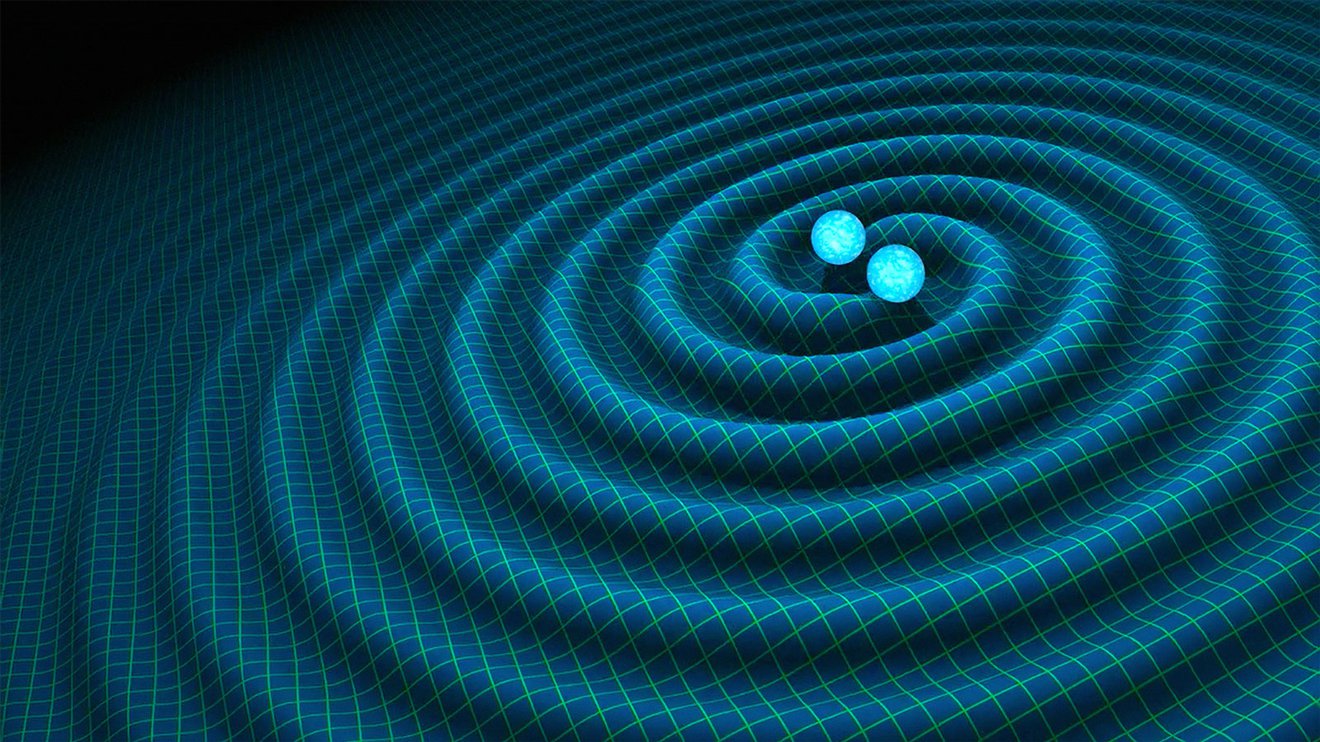
Thus, SR can be used to study the motion of bodies at any speed (including those close to or equal to the speed of light), provided that there are no very strong gravitational fields. GR can be used to study the motion of bodies with any velocity in gravitational fields of any intensity, if quantum effects can be neglected.
Effects of relativity
The theory of relativity predicts many very interesting effects. Perhaps the most famous of these is the gravitational dilation of time: the stronger the gravity or the greater the speed of an object, the slower time passes for it compared to an external observer. The first option is clearly shown in the film Interstellar, in the form of the planet Miller, which is in orbit around a black hole, where one hour of time is equal to seven years on Earth.

A still from the Interstellar movie
To demonstrate the second variant of time dilation, the so-called twin paradox is usually used. For example, if we could build a ship travelling at 80% of the speed of light and send it to Alpha Centauri, the flight would last only three years according to the traveller’s watch (and he would age by three years), while from the point of view of the twin remaining on Earth, five years would pass.
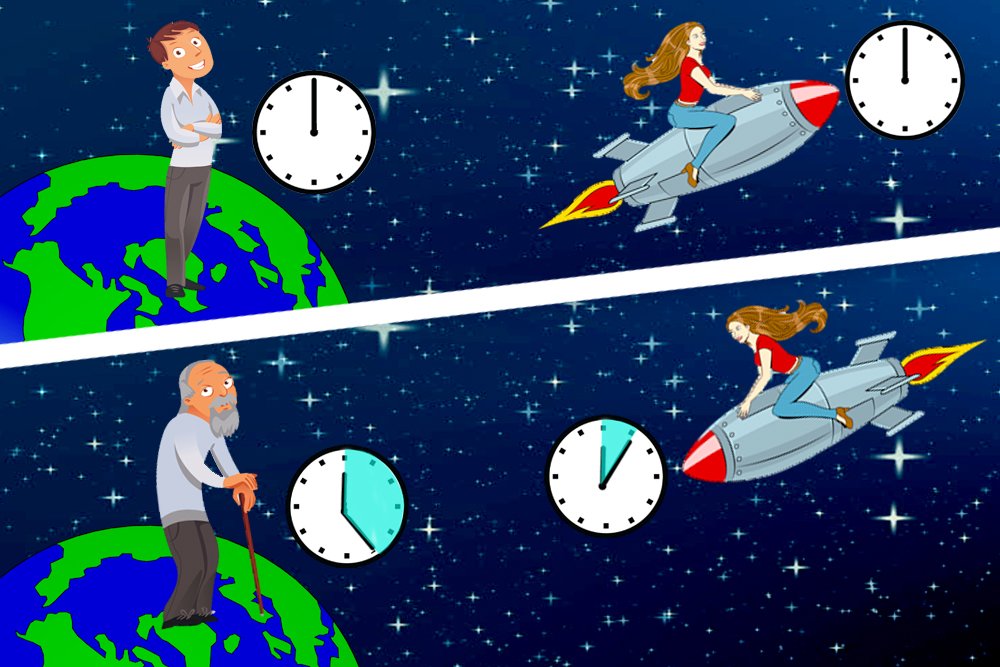
Relativity also predicts changes in the size and mass of a spacecraft. As it approaches the speed of light for an external observer, it will become ever shorter in the direction of travel, maintaining other dimensions (but for the crew of the ship itself, everything will remain as before). At the same time, its mass will increase. As a result, more and more energy will be required to increase the speed. When the ship approaches the speed of light, it will reach such a mass that no energy in the Universe will be able to accelerate it anymore. That is why it is impossible to travel faster than light.
It is also worth mentioning that, using the theory of relativity, cosmologists and astrophysicists were able to predict the existence of a number of very exotic objects and phenomena, which were later confirmed by observations. These include neutron stars, black holes and gravitational waves.
Evidence for relativity
Today, GR is the most successful theory of gravity in history, well supported by observations and experiments. The first practical evidence was obtained in 1919 during a total solar eclipse. Arthur Eddington’s observations showed that the apparent positions of stars near the Sun change in accordance with the predictions of GR.
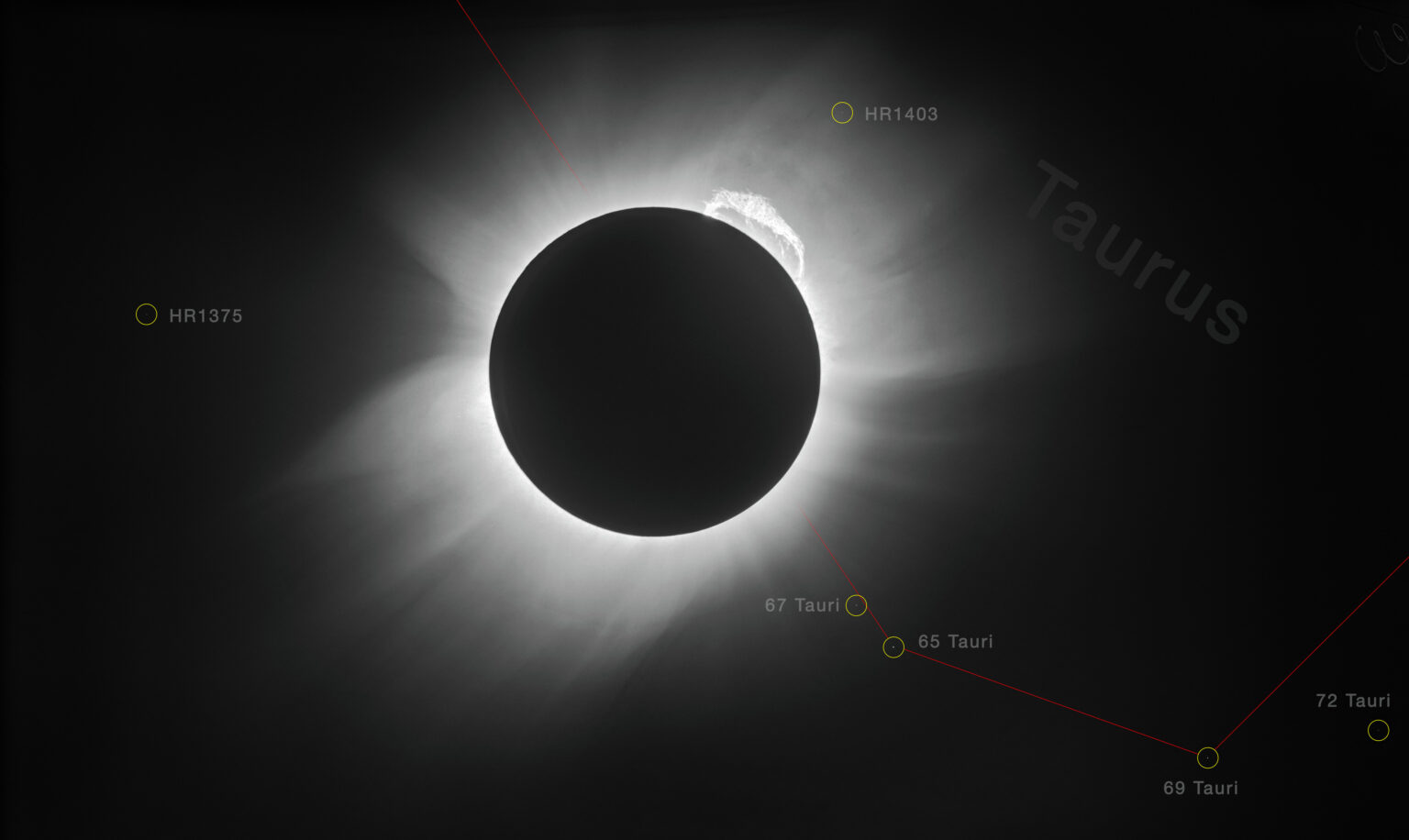
Subsequently, scientists received a lot of experimental evidence of the GR. The anomalous precession of the perihelion of Mercury’s orbit, the gravitational red shift of light, the curvature of light rays by the gravity of massive bodies, and much more are consistent with its provisions. Despite the fact that the media periodically publish loud headlines about someone questioning Einstein’s conclusions, in reality, no one has yet managed to provide convincing evidence against the GR.
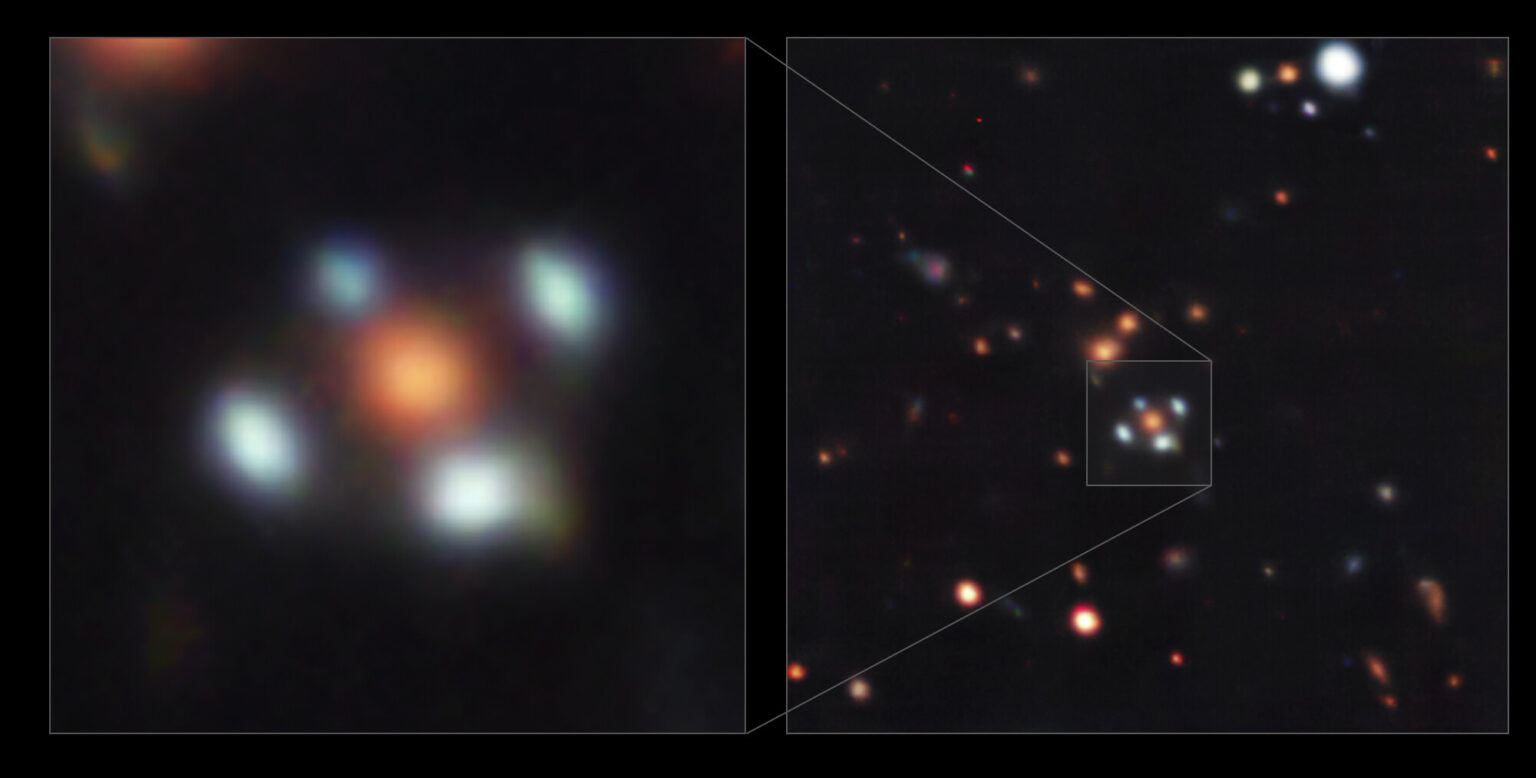
What’s more, each of us can independently prove that relativity works by simply using a navigation device. The fact is that to determine the exact location, the time signals coming from GPS satellites (as well as Galileo, Beidou and other navigation systems) must be known with an accuracy of 20-30 nanoseconds. However, time flows slightly differently on the Earth’s surface and in orbit. And this difference is taken into account by the system. If the effects of relativity were not taken into account, the coordinates calculated from GPS satellites would be incorrect within two minutes, and errors in global positioning would continue to accumulate at a rate of approximately 10 km per day.
Einstein did not receive the Nobel Prize for the theory of relativity
Many people believe that Einstein received the Nobel Prize for the theory of relativity. But this is not true. To be more precise, it’s not quite true. Einstein did win the 1921 Physics Prize. But it was awarded to him with the wording “For services to theoretical physics, and especially for the discovery of the law of the photoelectric effect”. It’s no secret that the law of the photoelectric effect was one of Einstein’s least important discoveries.
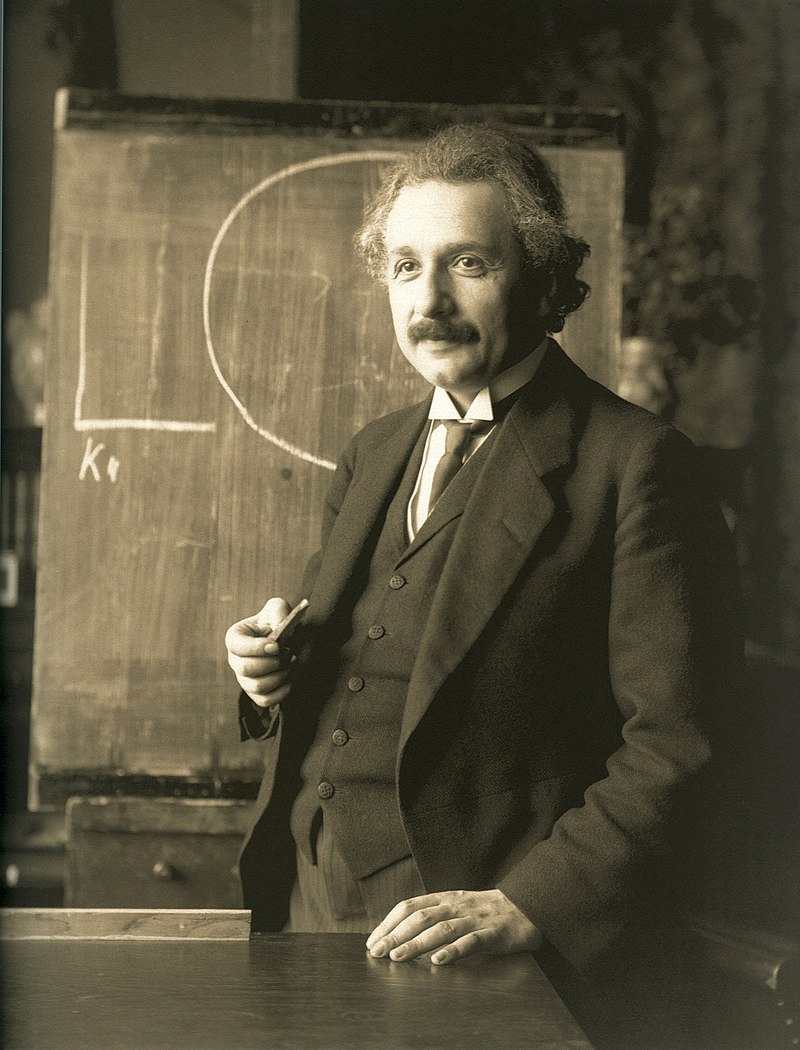
Albert Einstein in 1921. Source: Ferdinand Schmutzer / Adam Cuerden
So why? There are several reasons for this. And the main one is that relativity was too complex for many physicists at the time to understand. What can we say about the members of the Nobel Committee? Even after the emergence of experimental evidence of Einstein’s correctness, many still continued to be wary of his calculations and looked for flaws in them. The wave of anti-Semitism that was growing in Europe at the time may have played a role in the Nobel Committee’s ignoring Einstein for many years.
However, the pressure of physicists who understood the significance of what Einstein had done at some point overcame the conservatism of the Nobel Committee. Therefore, it chose a compromise option, awarding him the prize for the photoelectric effect — although everyone understood perfectly well that in reality it was awarded for the theory of relativity. Einstein also understood this, and mentioned it in his Nobel lecture.

